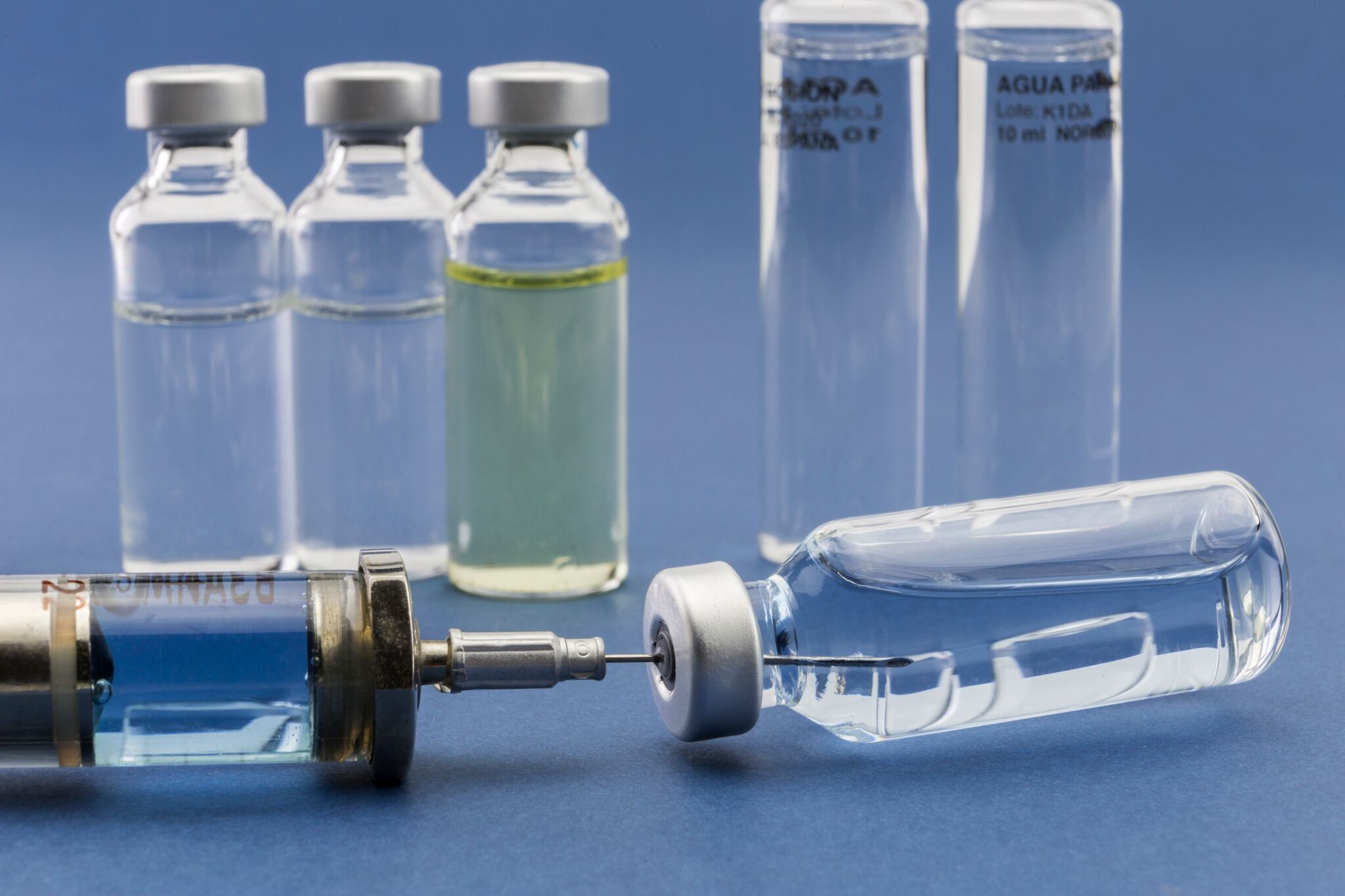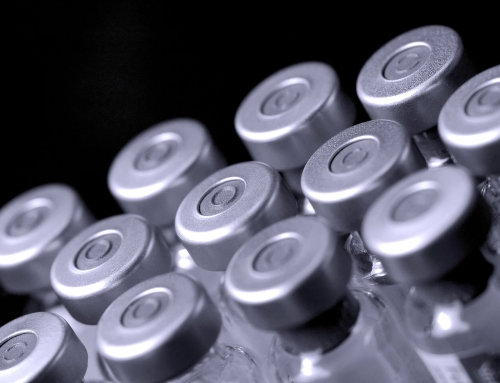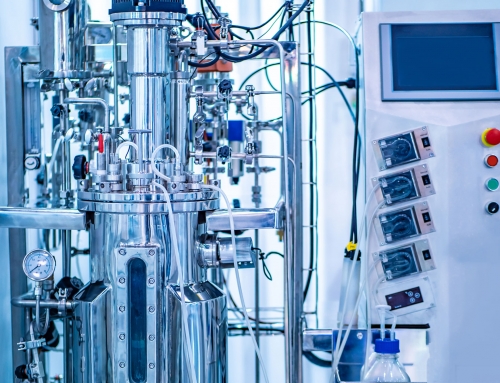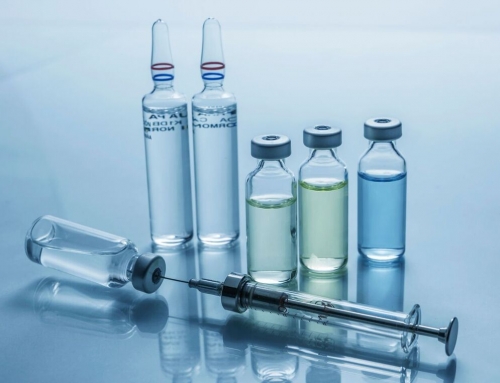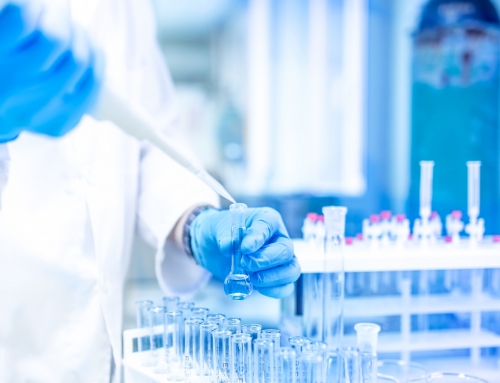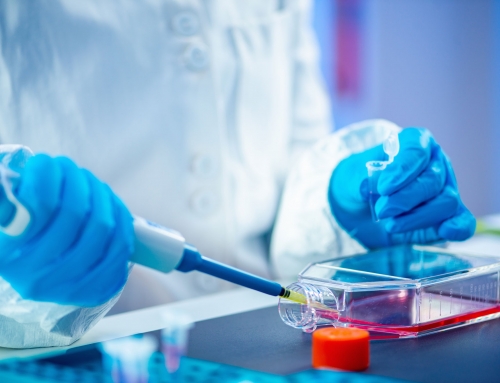The correct choice of sterilized packaging is crucial, as is regulatory compliance.
by Raymond E Peck, CEO of VxP Biologics
While the potency and efficacy of active pharmaceutical ingredients (APIs) remain crucial in biologics manufacturing, the packaging of those drugs is equally critical in ensuring safety and stability. A wide variety of packaging types abound on the market, including options that range from flexible pouches and wraps, to pre-fillable inhalers and syringes, to blisters and clamshells.
As consumers’ healthcare awareness increases worldwide, and measures for infection control continue to develop, spending on biologic drugs is on the rise, providing significant impetus for expansion in the manufacture of sterile biologic packaging. Meanwhile, the US Food and Drug Administration (FDA) has recently rolled out new guidelines for the labeling of sterilized packaging, heightening the demand for packaging that complies with federal regulations.
A growing number of packaging manufacturers are responding to all these demands, by incresing their investments in the development and manufacturing of sterilized packaging for biologic drugs. This product category is growing rapidly: a 2014 MarketsAndMarkets forecast predicts that the sterile medical packaging equipment market will experience a compound annual growth rate (CAGR) of 8.8 percent, rising to $6.93 billion within the next five years.
This article offers a brief overview of the sterile packaging market as of 2017, particularly as this industry relates to biologic pharmaceutical manufacturing.
Sterile packaging is critical for safe storage, transport and administration of biologic drugs.

The sterility of biologic packaging is perhaps its most vital attribute.
Aside from the necessity of durability and ease of use, the sterility of this packaging is perhaps its most vital attribute; particularly in biologics manufacturing, where the risk of inadvertent contamination is often elevated. The risk of biological contamination is particularly acute in developing countries, where hospital-acquired infections remain major causes of death and illness. This risk is also heightened in geriatric facilities, where patients may not be capable of alerting caregivers about contamination events.
Moreover, sterile packaging provides a crucial line of defense or sensitive biologic pharmaceuticals, throughout the storage and transport stages. Not only are biologics extremely sensitive to shifts in temperature, pressure and light; doses can also become degraded and medically useless if unintentionally contaminated at any point after packaging. Thus, sterilized packaging is necessary to ensure that each dose of the drug remains potent and effective, all the way through to its administration.
Unlike ordinary drug packaging, biologic packaging is often sterilized via a variety of methods, including gamma and electron beam processes, as well as ethylene oxide and other forms of chemical treatment. In recent years, a growing number of pharmaceutical packaging manufacturers are utilizing these forms of treatment to sterilize a wide range of packaging types, including bottles and vials, syringes and inhalers, and clamshells and blisters; composed of materials ranging from polypropylene and polyester, to PVC and HDPE, to aluminum foil and stainless steel.
Correct pairings between sterile packaging and biologic drug sensitivity are critical.
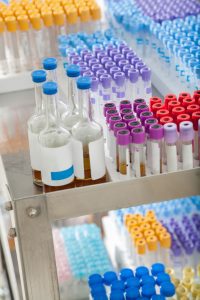
Correct pairings between sterile packaging and biologic drug sensitivity are critical.
Although sterile packaging is vital for biologic pharmaceuticals, the wrong choice of packaging material may place the drug product at just as much risk as inadequate or damaged packaging would. Biologics are notoriously sensitive to environmental shifts, and to degradation due to chemical interference. Thus, the composition and sterilization modality of each packaging type must be selected carefully, with regard to each biologic’s particular sensitivities.
For example, aluminum packaging would likely be harmful to a biologic product with acute sensitivity to metals, or to temperature shifts; whereas a glass vial could be hazardous for a biologic that degrades when exposed to light. Packaging sterilized by irradiation may be damaging to biologics with high sensitivity to radioactivity, whereas sterilization by ethylene oxide could be harmful to a biologic with poor tolerance for residual alcohol.
In some cases, entire pallets of product may be sterilized in bulk; while on other cases, each individual package may need to be sterilized prior to filling, and sealed by machinery inside the lyophilizer. Some biologics can be sterilized at room temperature, while others must be sterilized at temperatures below freezing. Depending on the sensitivities of the biologic, and demands of the transport and storage pipeline, and the capabilities of the manufacturer, a wide range of combinations of packaging type, material, and sterilization method may be needed.
Tightening regulations place additional demands on the sterilization of biologic packaging.
In 2016, the FDA published an update in its guidance on sterility in pharmaceutical manufacturing. These new guidelines, for “Submission and Review of Sterility Information in Premarket Notification (510(k)) Submissions for Devices Labeled as Sterile,” address the increasing proliferation of innovative packaging types and sterilization methods. While ozone and hydrogen peroxide sterilization, for example, are now considered “established methods,” other approaches to sterilization are still considered “novel.”
Perhaps the most significant takeaway from the FDA’s new guidelines is that all novel sterilization methods must be closely evaluated, to ensure they comply with Good Manufacturing Practice (GMP), and minimize contamination and risk to human health. In order to ensure compliance, FDA will be conducting inspections of all facilities using a novel sterilization process. Failure to comply with GMP, as outlined in the guidelines, entails the risk that a perfectly efficacious biologic drug may not be approved by the FDA, simply because its packaging is inadequately or unsafely sterilized.
Even as novel packaging types and sterilization methods continue to appear on the market, key concerns in sterilized biologic packaging remain largely the same as ever. The packaging type must protect the product from contamination and environmental damage, and must be appropriate for its administration. Packaging materials must be well suited to the biologic’s sensitivities. And all sterilization and manufacturing must be conducted in compliance with GMP, as well as other FDA guidelines. Biologic manufacturers who remain committed to all these essential practices are likely to remain in control of their market share, even as the biologics market itself continues to evolve.

